Claire Bouffay’s Grand Tour residency, held in the spaces of Fondazione Pistoletto from 17th October to 30th November 2021, was based on an analysis of the history of money, with a focus on the minting of coins and the extraction of metals, and on an investigation into the processes of sculpture with an in-depth look at the construction of an artisanal foundry. The experience, proposed by UNIDEE residency programs in partnership with the Institut Français Italia (IFI) and the Franco-German Youth Office (FGYO), was conceived and designed applying the UNIDEE methodology, which combines practice and theory, and includes workshops, seminars and meetings with experts, studio visits and trips tailored on the artist’s interests. In this process, Claire was assisted in her research by the UNIDEE team, composed of Juan Sandoval, Andy Abbott, Clara Tosetti and Annalisa Zegna. The artist lived at Cittadellarte for a fortnight, and took part in one of the UNIDEE Labs 2021, Tools and technologies for embedded arts practice, curated by Andy Abbott together with mentors Jeanne van Heeswijk, Paul O’ Neill, Mick Wilson and Yvonne Carmichael. The module featured group critiques, facilitated workshops and informal activities, thus creating an ad hoc space in which participants could acquire new inputs and methodologies useful to give new life to their research projects. The workshops, held in the spaces of Fondazione Pistoletto, served as a studio for group discussions, sharing sessions and presentations, with opportunities for immersive exploration of Biella’s post-industrial and rural landscapes.
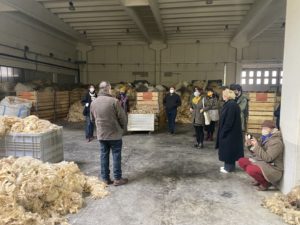
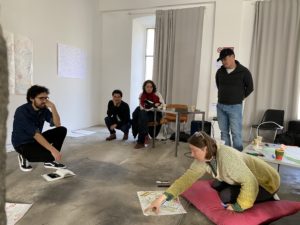
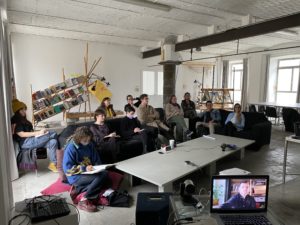
About Claire Bouffay
Claire Bouffay, born in 1997 in Nîmes, holds a master’s degree from the National School of Art Villa Arson, in Nice. She is a young experimental artist who uses many different techniques and materials, mixing various disciplines, such as sculpture, design and ceramics. Her work is linked to historical and anthropological research, and in particular to the history of economic systems. She is part of the art collective Wanda Green, with which she is currently working on a multidisciplinary exhibition that questions the classical separation of nature and culture by exploring sustainable technologies and do-it-yourself robotics.
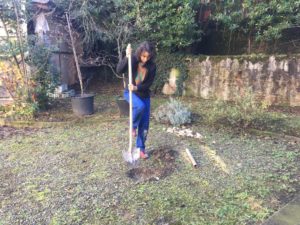
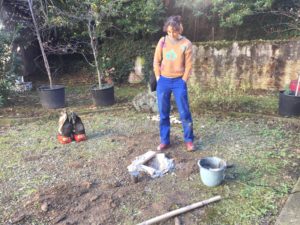
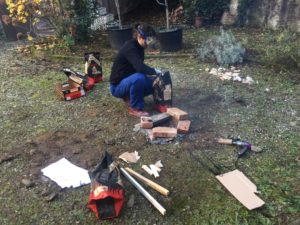
Between money and metals
In parallel with her participation in the UNIDEE Lab, Claire Bouffay had the chance to explore a number of places relating to her research, including the nature reserve of La Bessa, the archaeological sites of Oasi Zegna and the Museum of the Biellese Territory, as well as museums and art institutions in Turin and Milan. During her residency, Claire Bouffay examined the history of money, with a focus on the minting of coins and the extraction of metals. This research was strongly rooted in the Biellese territory, which offered her the opportunity to delve into the history of the ancient gold mines of the nature reserve of La Bessa, of the archaeo-mineral sites in the mountains of Oasi Zegna, and of the municipality of Masserano (which was once a principality and therefore produced its own coinage for centuries). “The aim of this research,” explained the UNIDEE team, “was to gather information about the construction of market economies and capitalism and translate this knowledge into a better understanding of this history as a means of demystifying capitalism”. The artist also researched current economic alternatives, trying to find solutions “for individuals to be able to ‘take back’ the economy and start collecting the tools that could help in this process”.
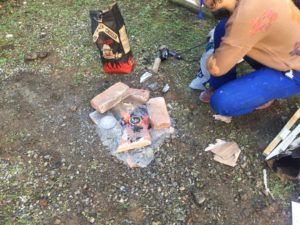
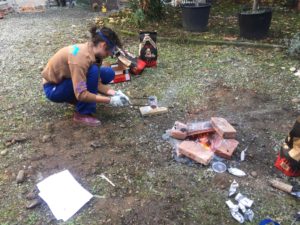

Sculptural processes
During her residency, Claire was also interested in experimenting with sculptural processes and in building a “home foundry” linked to her experience in Biella. The idea of the foundry was to take notes in a more sensitive and abstract way, and then be able to translate this theoretical research into a sculptural form. Her work is in fact the result of “historical research,” reads the outcome, “but also formal and materialistic research, the aim of which is to transform our relationship with the tangible world and understand it better”. During her stay, in fact, she built a furnace where she melted recycled metal objects in bronze, aluminium and tin to create the shapes she had designed during the period of research. “Taking the time to experiment with materials was very important,”concluded the UNIDEE team, “as she believes that those materials too have stories to tell us, can be part of our conversations and can help us create a space of intersections, from which new futures and new lives could emerge”.

